1. Madison, Wisconsin
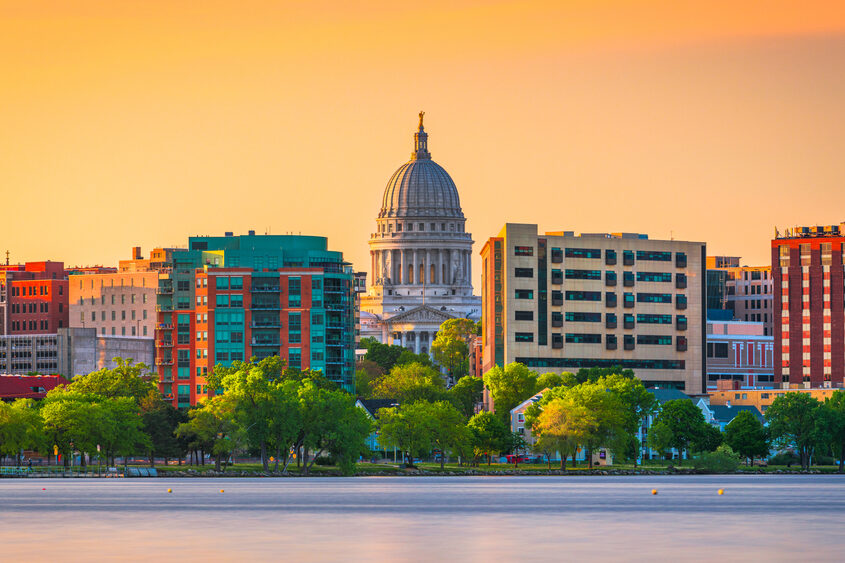
If you’re looking for a city that’s relatively safe from the worst of climate disasters, Madison, Wisconsin, is a strong contender. Nestled between two beautiful lakes, Madison enjoys a temperate climate that is neither too hot nor too cold compared to other parts of the country. While Wisconsin isn’t immune to extreme weather, it doesn’t face the relentless hurricanes of the Gulf Coast, the raging wildfires of the West, or the crippling droughts of the Southwest. Climate experts highlight Madison’s stable water supply and lack of seismic activity as major advantages, making it a safe bet for those looking to escape climate chaos.
Beyond its climate resilience, Madison is an incredibly livable city. With a strong economy, a progressive community, and plenty of green spaces, it’s a place where you can actually enjoy life while avoiding the looming threats of climate change. The city also ranks highly for sustainable initiatives, with bike-friendly streets, local food programs, and energy-efficient urban planning. If you’re looking for a city where you won’t have to check wildfire maps or hurricane warnings every other week, Madison should be at the top of your list.
2. Pittsburgh, Pennsylvania
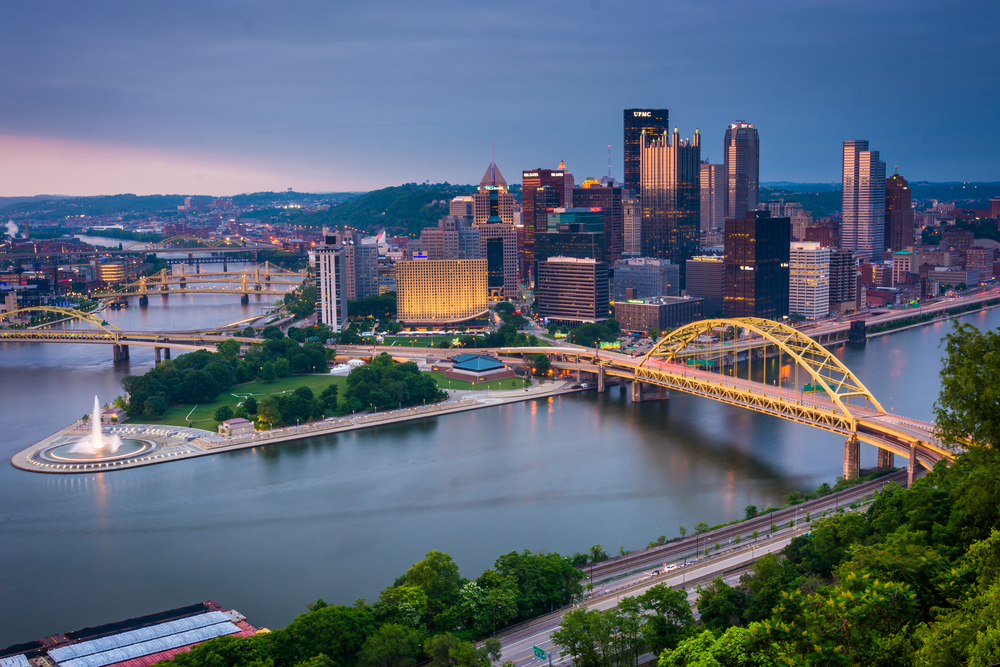
Once known for its steel mills and industrial smog, Pittsburgh has undergone a remarkable transformation. Today, it stands as one of the safest U.S. cities when it comes to climate resilience. Tucked away in the Appalachian foothills, Pittsburgh is protected from hurricanes, extreme drought, and the worst of rising sea levels. Unlike many cities in the Midwest that are struggling with heat waves and water shortages, Pittsburgh has a steady water supply thanks to its three major rivers. Climate scientists point to its geography as a natural buffer against extreme weather, making it a solid choice for those planning ahead.
Pittsburgh’s climate safety isn’t its only selling point. The city boasts a strong job market, affordable housing, and a vibrant cultural scene. It has invested heavily in green infrastructure, including sustainable energy projects and urban reforestation efforts. In recent years, it has become a hub for tech and medical innovation, attracting young professionals looking for stability. If you’re looking for a city that has prepared itself for the next century while still offering modern conveniences, Pittsburgh is a strong contender.
3. Asheville, North Carolina
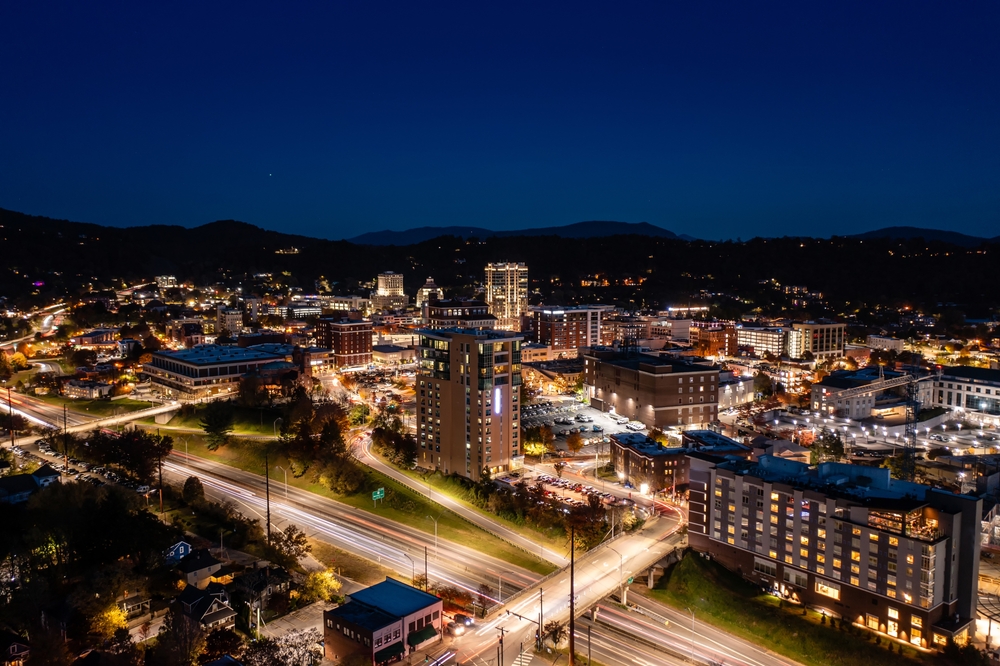
Tucked away in the Blue Ridge Mountains, Asheville is one of the most climate-resilient cities in the Southeastern U.S. While much of the region is vulnerable to hurricanes and rising sea levels, Asheville’s elevation of over 2,000 feet keeps it safely out of reach from coastal flooding. The city’s mild summers and cool winters make it far more comfortable than the scorching heat of the Deep South. While some areas of North Carolina are battling increased hurricane activity, Asheville’s location shields it from the worst of those storms, making it a haven for those seeking safety from natural disasters.
Beyond climate security, Asheville is simply a dream to live in. Known for its artsy, laid-back vibe, the city is home to a thriving local food scene, craft breweries, and some of the best hiking trails in the country. Experts point out that the city’s small size and proactive local government allow it to adapt to climate challenges quickly. With its balance of natural beauty, sustainable initiatives, and overall climate resilience, Asheville is one of the few Southern cities that offer a real escape from the worst of climate change.
4. Minneapolis, Minnesota
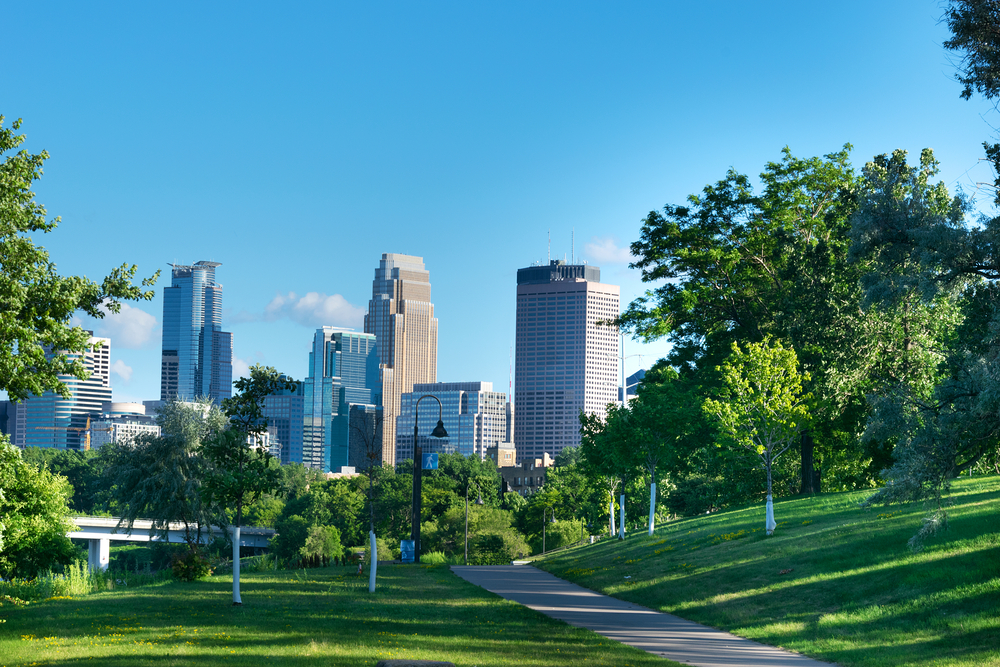
While the Upper Midwest may be known for its cold winters, Minneapolis is actually one of the safest places in the U.S. when it comes to climate risks. Unlike the West Coast, it doesn’t deal with raging wildfires. Unlike the South, it’s not in the path of hurricanes. And unlike the Southwest, it has plenty of fresh water to sustain its population. Climate experts highlight Minneapolis as a city that is already making serious efforts to prepare for the future, investing in flood-resistant infrastructure and sustainable urban planning.
Minneapolis is also one of the most forward-thinking cities in terms of climate action. With extensive biking trails, public transit, and a strong focus on renewable energy, the city is actively working to minimize its carbon footprint. The winters can be harsh, but with proper infrastructure in place, the city is well-equipped to handle heavy snowfall without the devastation that hurricanes or wildfires bring. If you’re looking for a city that is both climate-safe and socially progressive, Minneapolis is an excellent choice.
5. Boise, Idaho
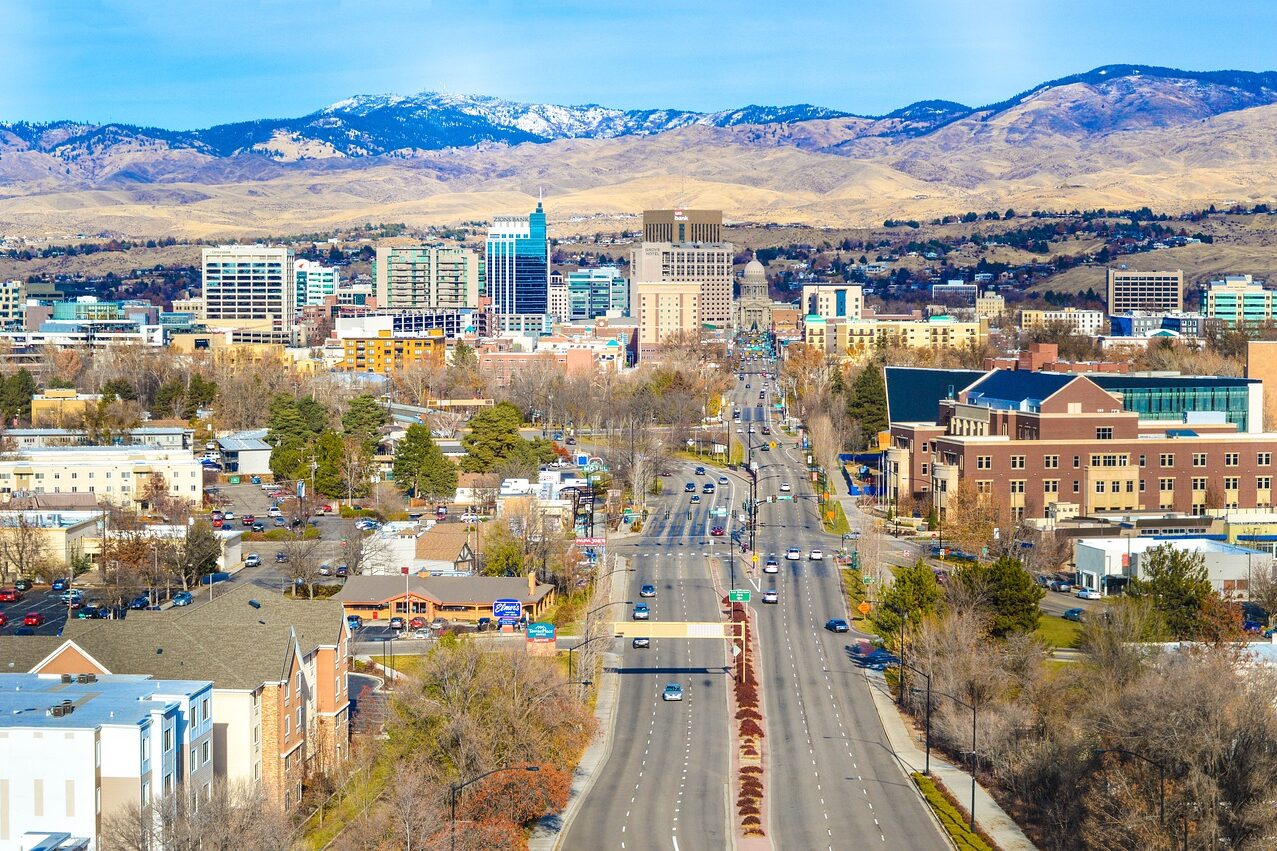
Boise may not be the first city that comes to mind when thinking about climate safety, but it’s quickly gaining attention as one of the most resilient places in the country. Unlike the coastal regions that are battling sea level rise or the Southwest that’s running out of water, Boise enjoys a relatively stable climate. It sits at a safe elevation, far from rising seas, and isn’t prone to hurricanes or large-scale flooding. While wildfires can be an issue in parts of Idaho, Boise itself is strategically located to avoid the worst of these disasters.
Boise is also one of the fastest-growing cities in the U.S., and for good reason. It offers a high quality of life with a lower cost of living than many West Coast cities. Outdoor enthusiasts love its easy access to hiking, fishing, and skiing, while its downtown area is bustling with new businesses and cultural hotspots. Experts see Boise as one of the top cities for long-term climate security, making it an ideal destination for those looking to relocate before climate disasters become even more frequent.
6. Columbus, Ohio
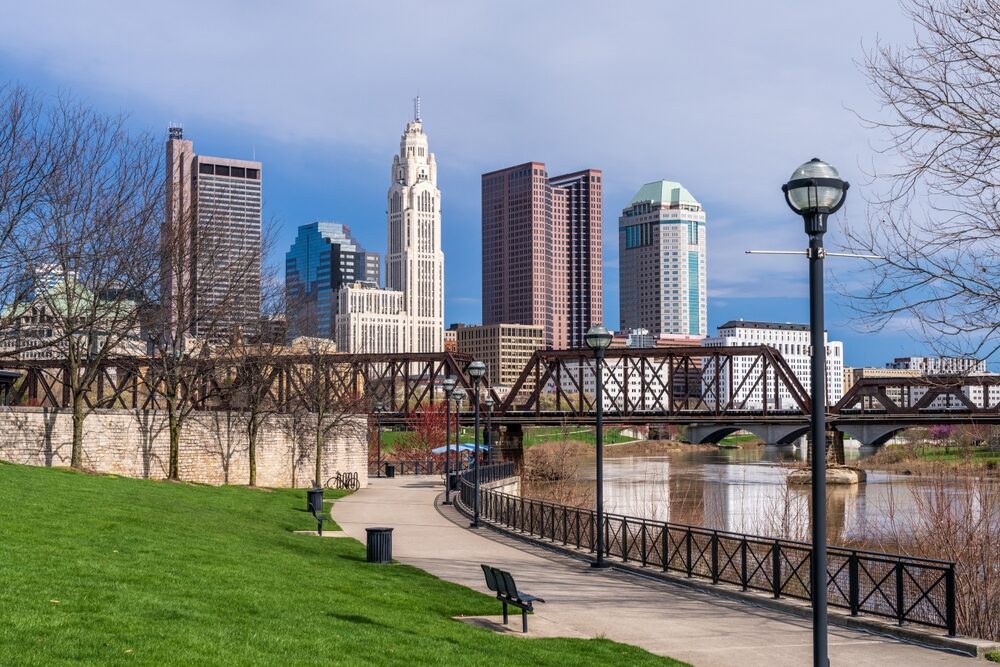
Columbus might not be the most glamorous city in the U.S., but when it comes to climate safety, it’s one of the smartest places to be. Located in the heart of Ohio, Columbus is far from rising sea levels, out of reach from hurricanes, and not at risk for the extreme wildfires plaguing the West. The city is also fortunate to have a stable water supply, unlike many areas suffering from prolonged droughts. While Ohio does experience some tornadoes, Columbus sits in a relatively low-risk zone compared to the rest of the Midwest.
Beyond climate security, Columbus is one of the most affordable major cities in the U.S. It has a booming job market, thanks to a diverse economy that includes tech, healthcare, and finance. The city is also investing in sustainability, with green building initiatives and improved public transportation. If you’re looking for a city that offers long-term climate resilience without breaking the bank, Columbus is a solid choice.
7. Burlington, Vermont

If you’ve ever dreamed of escaping to a charming, eco-friendly town with stunning natural beauty, Burlington, Vermont, should be on your radar. This small city, nestled on the shores of Lake Champlain, is one of the safest places in the U.S. when it comes to climate change. It’s far from hurricanes, has no risk of rising sea levels, and doesn’t deal with the wildfires that have devastated other parts of the country. Vermont as a whole is one of the least disaster-prone states in the nation, making Burlington an attractive destination for those looking to settle somewhere safe.
What makes Burlington even more appealing is its commitment to sustainability. It was the first U.S. city to run entirely on renewable energy, and it continues to lead the way in eco-friendly living. The city has a strong local food movement, plenty of green spaces, and a community that prioritizes environmental consciousness. If you’re looking for a climate-safe place with a progressive mindset and breathtaking scenery, Burlington is hard to beat.
8. Spokane, Washington

When people think of Washington State, Seattle is usually the first city that comes to mind. But if you’re looking for a place with less climate risk, Spokane is the better choice. Located on the eastern side of the state, Spokane avoids the earthquake threats of the coast, isn’t in danger of sea level rise, and has a much drier climate that reduces the risk of extreme flooding. While Washington does experience wildfires, Spokane is in a less vulnerable zone compared to the western part of the state.
Spokane also offers many of the same benefits that make the Pacific Northwest so desirable. It has easy access to outdoor recreation, a lower cost of living than Seattle, and a growing economy. The city is investing in green infrastructure, and its location near freshwater sources ensures a stable supply for the future. If you want the beauty of the Pacific Northwest without the climate risks that come with living on the coast, Spokane is a smart choice.
9. Rochester, New York
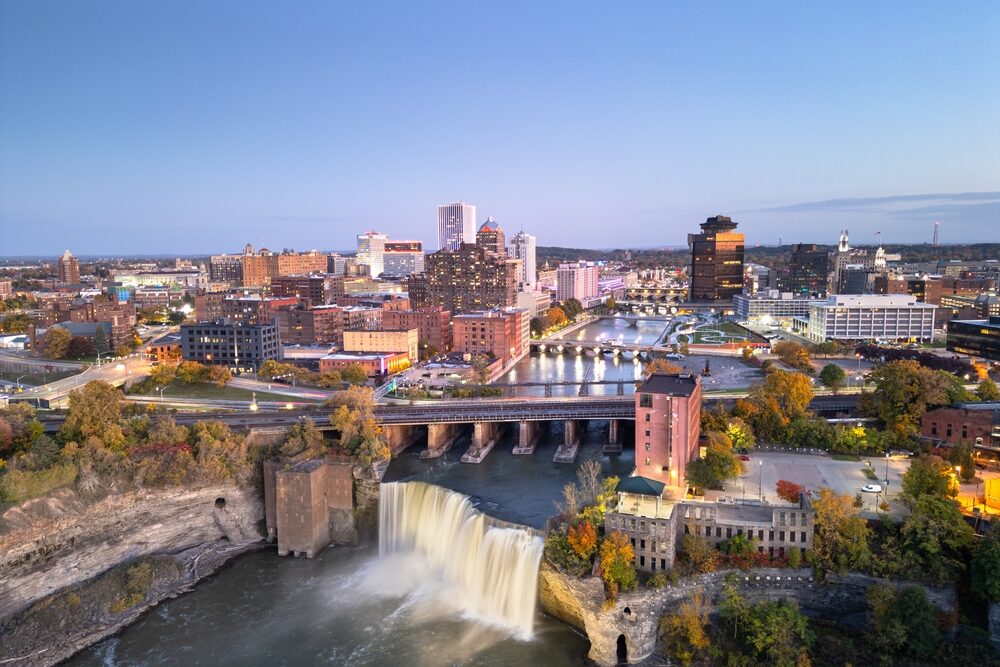
New York State is often associated with New York City, but if you’re looking for a safer place to ride out the effects of climate change, Rochester is a great option. Located along Lake Ontario, Rochester is far enough from the coast to avoid hurricanes and sea level rise. Unlike other parts of the Northeast that have faced increased flooding, Rochester’s elevation and smart infrastructure have helped it remain resilient. While it does get snow in the winter, the city is well-prepared for it, making it far less of a threat than hurricanes or wildfires.
Rochester is also one of the most affordable cities in the Northeast. It has a strong healthcare and tech industry, a low cost of living, and a rich cultural scene. The city has been making strides in sustainability, with renewable energy projects and urban green spaces. If you want to be in the Northeast but avoid the extreme weather threats facing coastal cities, Rochester is a smart bet.
10. Fort Collins, Colorado
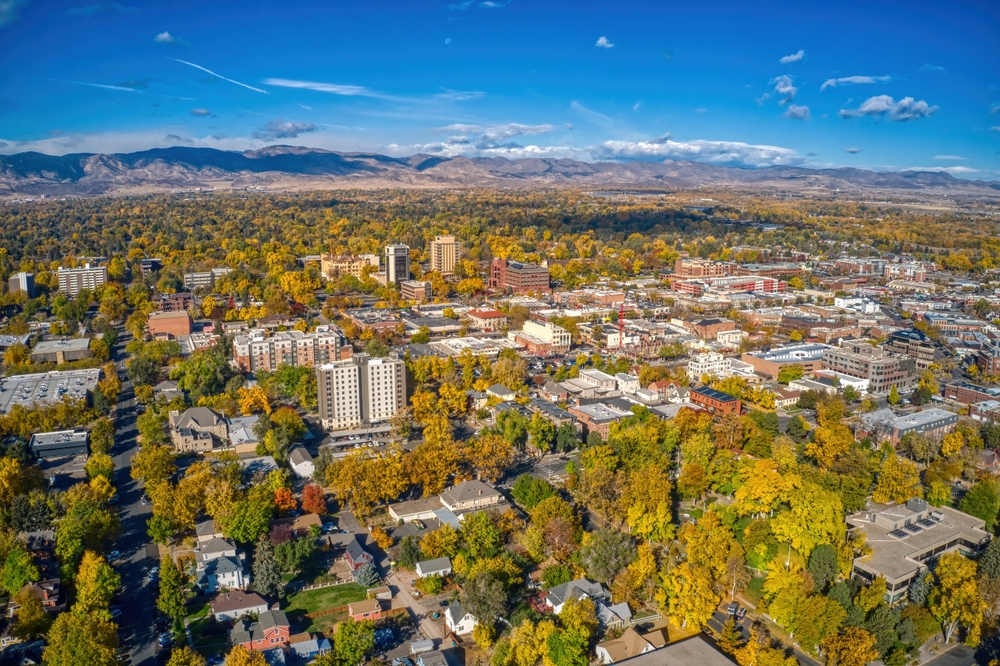
Colorado has long been known for its stunning landscapes and outdoor lifestyle, but Fort Collins stands out as one of the best places to be when it comes to climate safety. Unlike Denver, which has seen increased wildfire risks and air quality issues, Fort Collins is situated in a way that protects it from many of these threats. It has a stable water supply, thanks to the nearby Rocky Mountains, and is not at risk for hurricanes or rising sea levels. While the city can experience droughts, it has strong water management policies in place to ensure long-term sustainability.
Fort Collins is also one of the most eco-friendly cities in the U.S. It has invested heavily in renewable energy, sustainable transportation, and green building initiatives. The city has a high quality of life, with excellent schools, outdoor recreation, and a thriving local economy. If you want to live somewhere that balances climate safety with an active and sustainable lifestyle, Fort Collins is an excellent choice.


